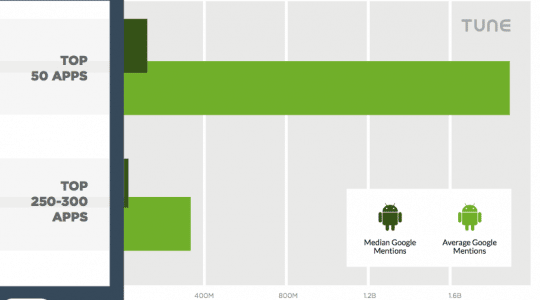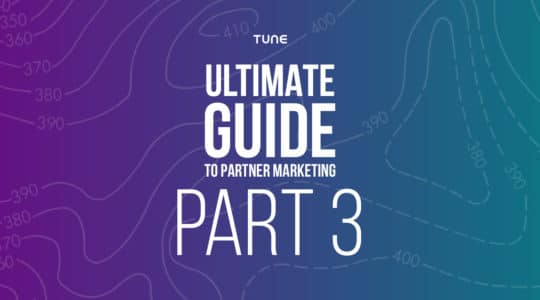You may have heard that a few weeks ago, GameAnalytics became an official MobileAppTracking (MAT) partner. However, you may still be wondering what this is all about. Let me explain.
GameAnalytics is a completely free online service, created for developers who want to know their games and players better. It flourishes on the well-known mantra of “all players are not equal” (you can read my previous article on the HasOffers blog for more insight into this). To really understand whether the users driven in through your campaigns are profitable, you need to assess player quality. While MAT itself, when centralizing attribution data, gives you the basic tools to get an eagle-eye view of your player value, GameAnalytics goes really deep into the analysis by assessing player engagement level and monetization potential.
In other words, if MobileAppTracking is the Grim Reaper, GameAnalytics is the Final Judgment. Wait, that doesn’t sound quite right; let’s make it sweeter. MobileAppTracking is the Polar Express, and GameAnalytics is Santa’s Winter Wonderland, where all cool kids receive gifts according to how good they have been this year.
Ultimately, GameAnalytics and MobileAppTracking form a killer combo, because a player’s journey through the game can now be mapped by source from the start to the very end. This gives you the complete picture when trying to build up the most cost-effective audience for your game.
Here are some tips for getting the maximum benefit out of GameAnalytics when estimating player value:
1. Start simple, but be open to (yet cautious of) complexity: by tying GameAnalytics to your game and MobileAppTracking data, you can immediately get insights into how your game performs by consulting basic, automatically generated industry-standard metrics, such as Day X Retention, DAU, MAU, ARPPU, ARPDAU, etc. These are great if you wish to see how often people who reached your game via different acquisition channels return to your game, but they are too abstract to help you isolate problems in the gameplay flow. This is why, whenever necessary, you should define custom events for your game that tie into key engagement milestones and analyze those in cohorts and funnels. But be careful not to overdo it. Recently, Christian Thurau, our CTO, was featured over on the Unity blog with his excellent article on when enough metrics are enough.
2. Remember that all aspects of the game affect user engagement: the more satisfied your players are with the game experience, the more likely they will be to return to your game and spend money in the game store. But their experience is not only about gameplay; it is also about being smooth and incident-free. With the GameAnalytics Quality dashboard, you can monitor your game’s performance as well as the occurrence of errors and exceptions in the code, ensuring that your game is stable and runs smoothly on all devices.
If you have an online game that relies on a lot of server communication, you should also check session times and the average number of sessions per day to scale the number of servers according to player activity and ensure lag-free playthroughs.
3. Don’t be afraid to get visual: I know, we’re the numbers guys, and two digits in a table tell us a much finer story than all the pretty charts in the world. But the visual representation of data describes evolution trends more clearly and helps you detect incidents precisely when they occur. Not to mention that sticking with numbers will make you miss out on features such as the Heatmaps, which are great at understanding player interaction with level architectures and UI elements. So let’s give visuals a chance, shall we?
Last but not least, remember that GameAnalytics and MobileAppTracking are great on their own, but you should definitely use them together to unlock the full story behind your players.
GameAnalytics is an analytics engine for game studios that supports the full life cycle from acquisition to retention to monetization of players – with a particular emphasis on user experience. It relies on MobileAppTracking’s attribution technology to tie players to their acquisition source.
Get all the details on how to integrate MobileAppTracking and GameAnalytics on this documentation page.
Author
Becky is the Senior Content Marketing Manager at TUNE. Before TUNE, she handled content strategy and marketing communications at several tech startups in the Bay Area. Becky received her bachelor's degree in English from Wake Forest University. After a decade in San Francisco and Seattle, she has returned home to Charleston, SC, where you can find her strolling through Hampton Park with her pup and enjoying the simple things between adventures with friends and family.






Leave a Reply
You must be logged in to post a comment.